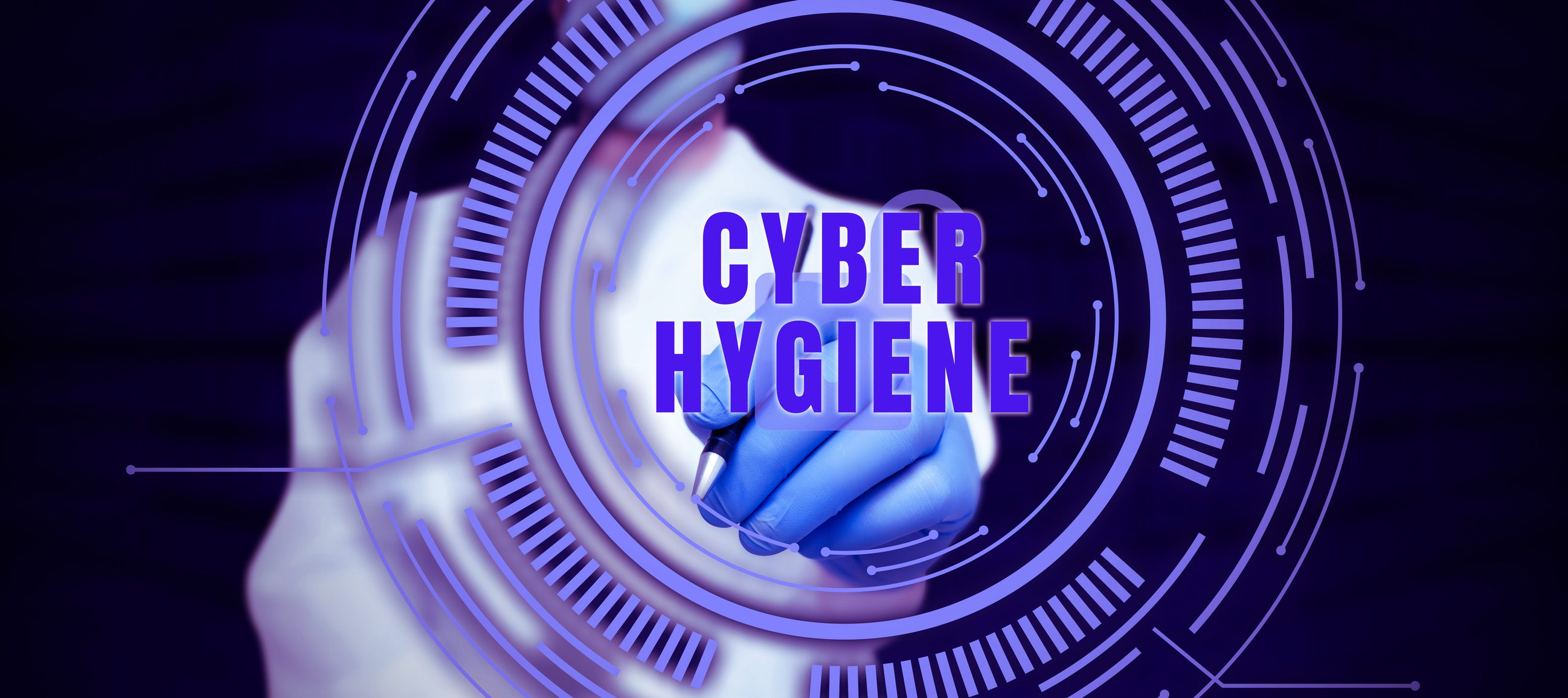
USA
Thank you for reaching out to Sigma Software!
Please fill the form below. Our team will contact you shortly.
Sigma Software has offices in multiple locations in Europe, Northern America, Asia, and Latin America.

USA

Sweden

Germany

Canada

Israel

Singapore

UAE

Australia

Austria

Ukraine

Poland

Argentina

Brazil

Bulgaria

Colombia

Czech Republic

Hungary

Mexico

Portugal

Romania

Uzbekistan
Recently Microsoft has issued their 2023 Digital Defense Report that provides insights into the digital threat landscape and empowers organizations’ digital defense. The report suggests simple rules to prevent most cyber attacks.
One of the key conclusions presented by experts in the report is that the majority of successful cyberattacks can be prevented by implementing just a few fundamental cybersecurity hygiene rules.

In other words, companies do not necessarily need to build expensive and large-scale systems. They just need to adhere to the following minimal security standards to withstand over 99% of attacks:
These security rules are not rocket science, so why haven’t many companies implemented these fundamental practices? The answer probably lies in the realm of changing the daily habits of employees and the internal company culture. This process is not easy or quick, and it will likely encounter resistance from people. Nevertheless, these actions are necessary, and it is best to start implementing them now.

Dmytro has been working in IT for over 20 years, acquiring a comprehensive IT experience, including a decade specialising in cybersecurity, risk and incident management, secure SDLC, and regulatory compliance. Dmytro is a crucial member of Sigma Software Group’s application security consulting service. As the Head of the Information Security Department Dmytro has a deep understanding of process building and team management. He is a well known speaker at specialized events and a trainer at internal and external courses of Sigma Software University.


On November 27, in Lviv, Forbes AI Summit brought together entrepreneurs, technology leaders, and scientists for an honest conversation about how AI is reshapin...

The EU Data Act went live in September 2025. Its rollout across Europe has been uneven, with only a few member states having completed the national set-ups. Nev...

For years, manufacturers have been talking about the advantages of shifting to outcome-based business models. The rise of AI has made the opportunity for transf...
Would you like to view the site in German?
Switch to German